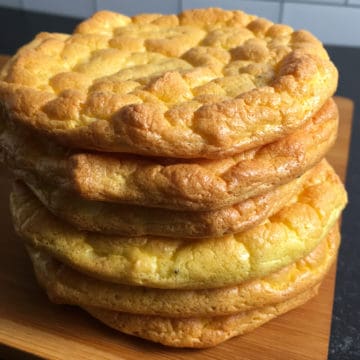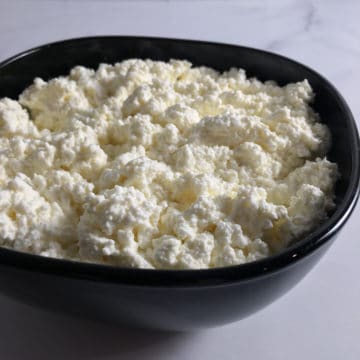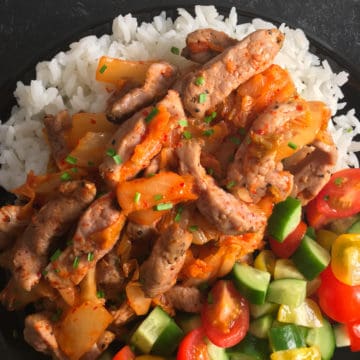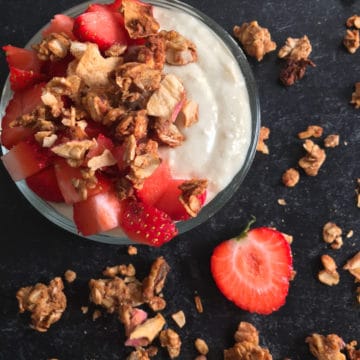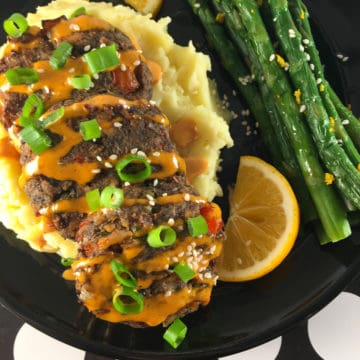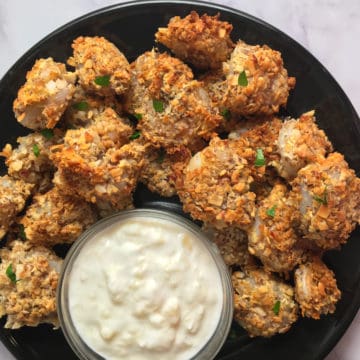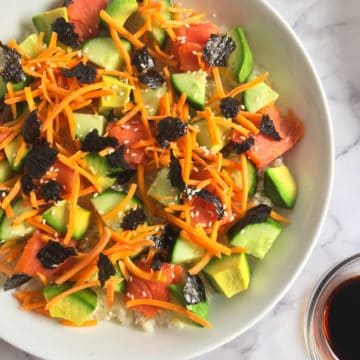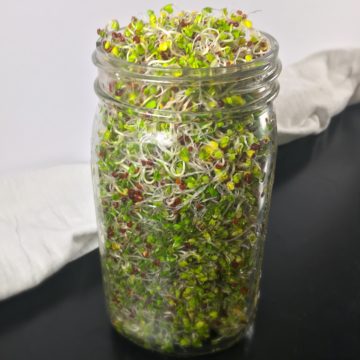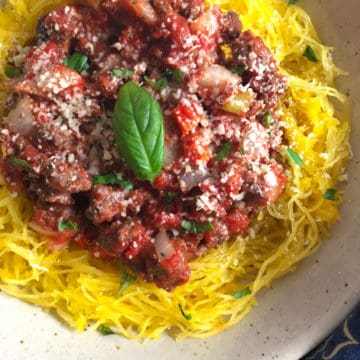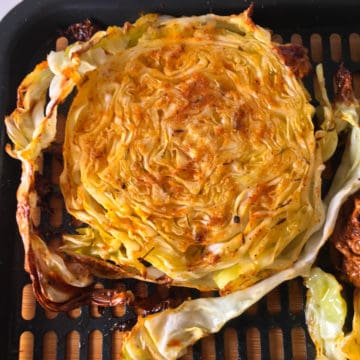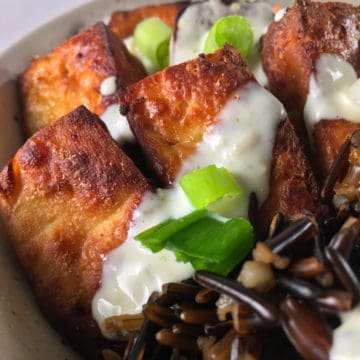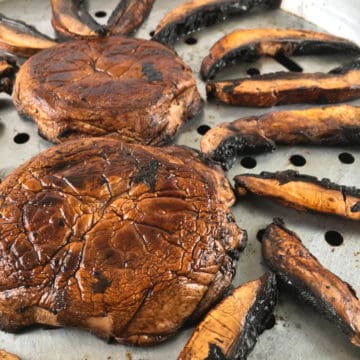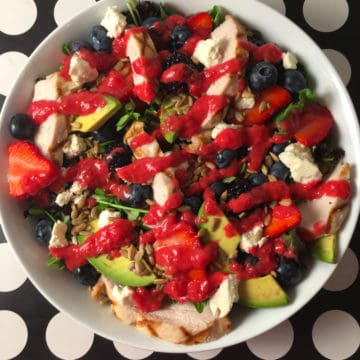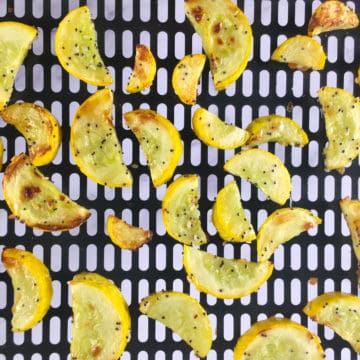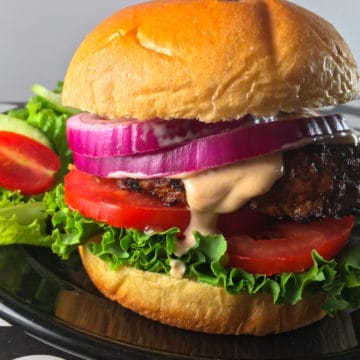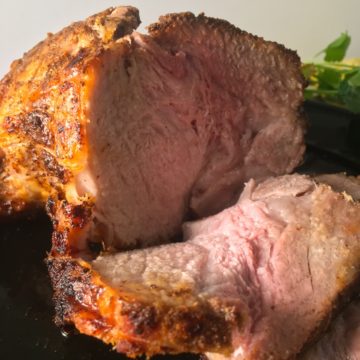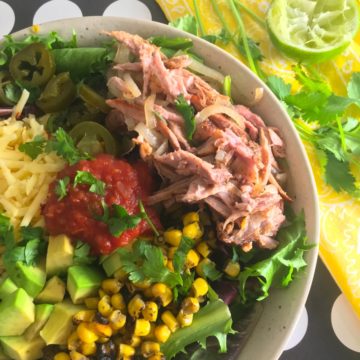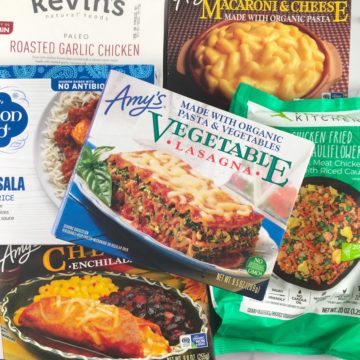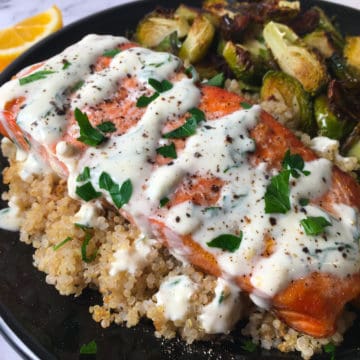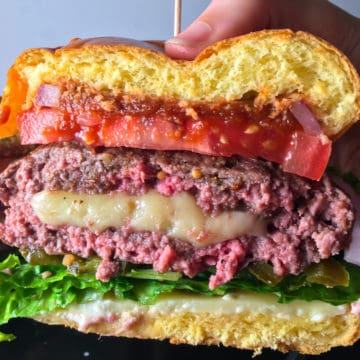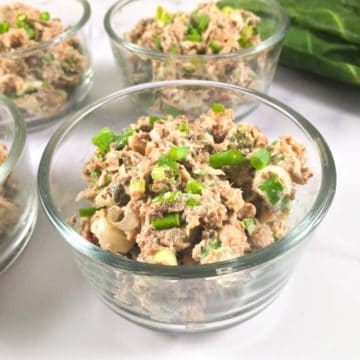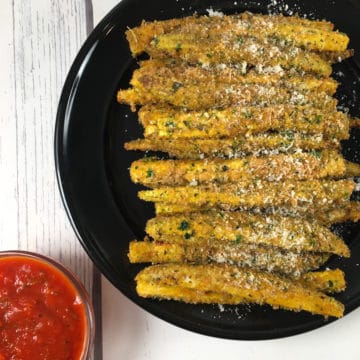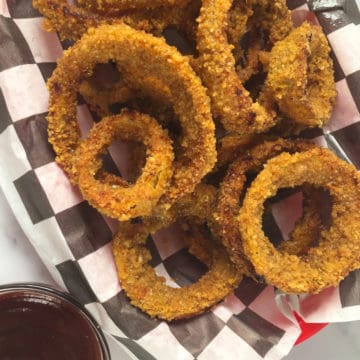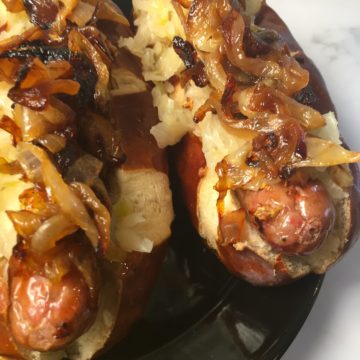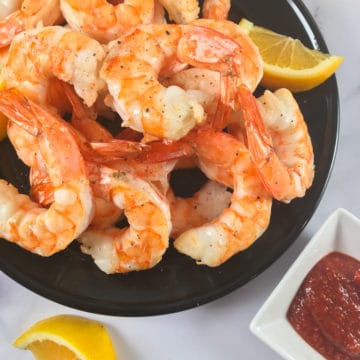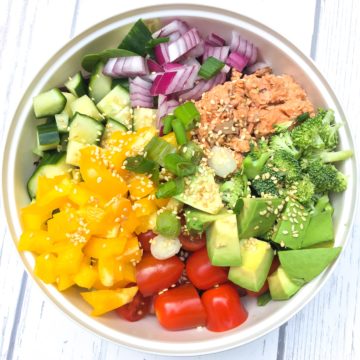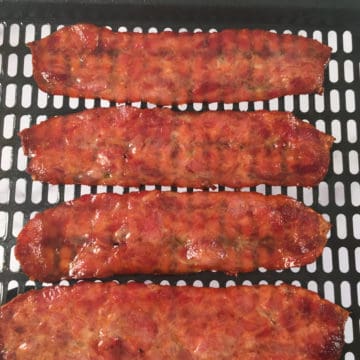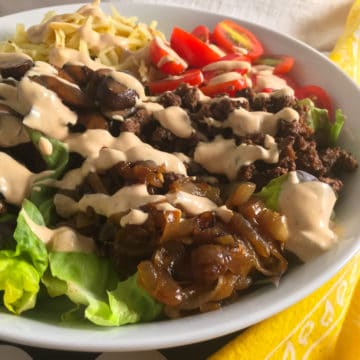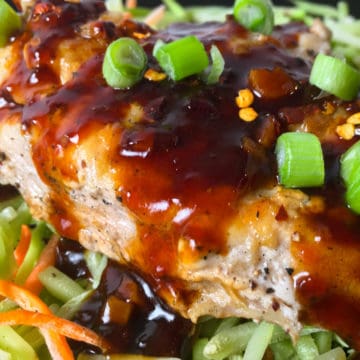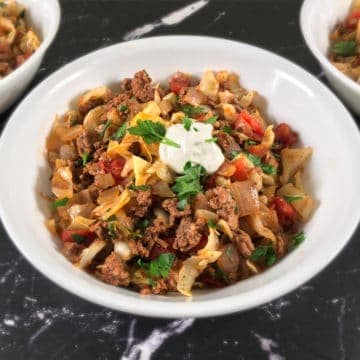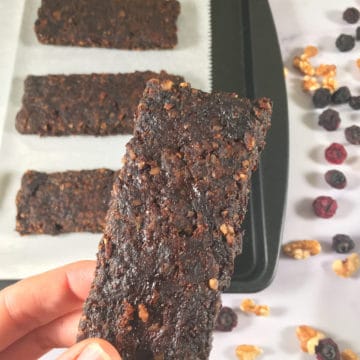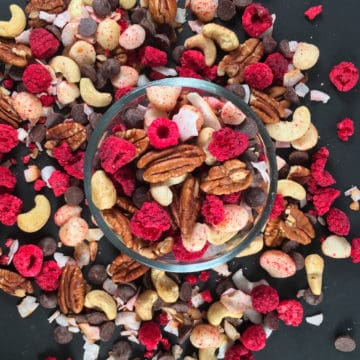Keto Recipes
-
Cloud Bread with Greek Yogurt – Keto-Friendly Recipe!
-
Low Sodium Cottage Cheese (Low Salt Homemade Recipe)
-
Air Fryer Stir Fry Recipe (Time and Temp)
-
Instant Pot Almond Milk Yogurt (Thick, Creamy Vegan Recipe)
-
Bell Peppers for Weight Loss (Low Calorie Bell Pepper Recipe)
-
Air Fryer Egg Cups Recipe (Keto, Low Carb Egg Muffins)
-
Sardine Cakes (Air Fryer Sardine Fritters Recipe)
-
Keto Coconut Shrimp (Air Fryer, Low Carb, Paleo, Whole30, GF Recipe)
-
Keto Salmon Sushi Bowl Recipe (Low Carb Smoked Salmon Bowl)
-
How to Grow Broccoli Sprouts (Sprouting Broccoli Seeds)
-
Air Fryer Bolognese Sauce (Spaghetti Bolognese in Air Fryer)
-
What Temperature to Air Fry Spaghetti Squash? (Air Fryer)
-
Air Fryer Cabbage Steaks or Wedges (Recipe + VIDEO!)
-
Air Fryer Tofu Bowl (Keto Tofu Air Fryer Recipes)
-
Smoked Portobello Mushrooms (Recipe + VIDEO!)
-
Summer Berry Salad (Gluten Free, Low Carb, Keto)
-
How to Reheat McDonalds Burger in Air Fryer
-
Squash in Air Fryer without Breading Recipe (Yellow Squash)
-
Air Fryer Turkey Burgers Recipe (No Breadcrumbs)
-
Pork Shoulder Air Fryer Recipe (Air Fryer Pork Shoulder Roast)
-
Homemade Italian Fennel Sausage Recipe (Meat Grinder)
-
Pulled Pork Salad Bowl Recipe (Keto, Low Carb Carnitas)
-
Diet Lemonade Recipe (Sugar-Free, Keto Lemonade)
-
Ready Meals in Air Fryer (Can you cook ready meals in an air fryer?)
-
Frozen Salmon in Air Fryer (Salmon Fillets Recipe)
-
Air Fryer Stuffed Burgers with Cheese (Juicy Lucy Recipe)
-
Sardine Salad Sandwich Wrap (Keto, Low Carb Recipe)
-
Keto Eggplant Fries Air Fryer Recipe (Low Carb, Gluten Free)
-
Keto Onion Rings Air Fryer Recipe and Calories (Low Carb)
-
Keto Fried Green Beans (Air Fryer Keto Green Bean Fries)
-
Precooked Brats in Air Fryer (How Long to Cook Pre Cooked Brats)
-
Frozen Jumbo Shrimp in Air Fryer (Recipe + Calories Info)
-
Canned Salmon Salad No Mayo (Keto, Low Carb, Paleo)
-
Turkey Bacon in Air Fryer Oven (Recipe and Calories)
-
Low-Carb Keto Big Mac Salad Bowl (Recipe + VIDEO!)
-
Air Fryer Scallops (Scallops in Air Fryer Recipe)
-
Keto Mini Quiche (Crustless Low Carb Mini Quiche)
-
Low Calorie Teriyaki Sauce (Low Sugar Teriyaki Sauce Recipe)
-
Low Carb Keto Unstuffed Cabbage Rolls Recipe
-
Air Fryer Chicken Schnitzel (Keto, Low Carb)
-
Keto Beef Jerky (Homemade Epic Bars Recipe)
-
Keto Trail Mix Recipe (Low Carb Trail Mix)


